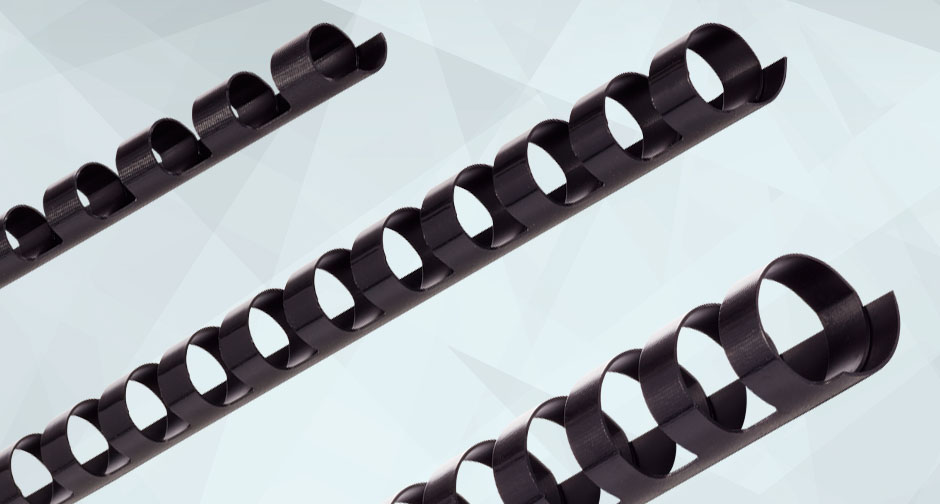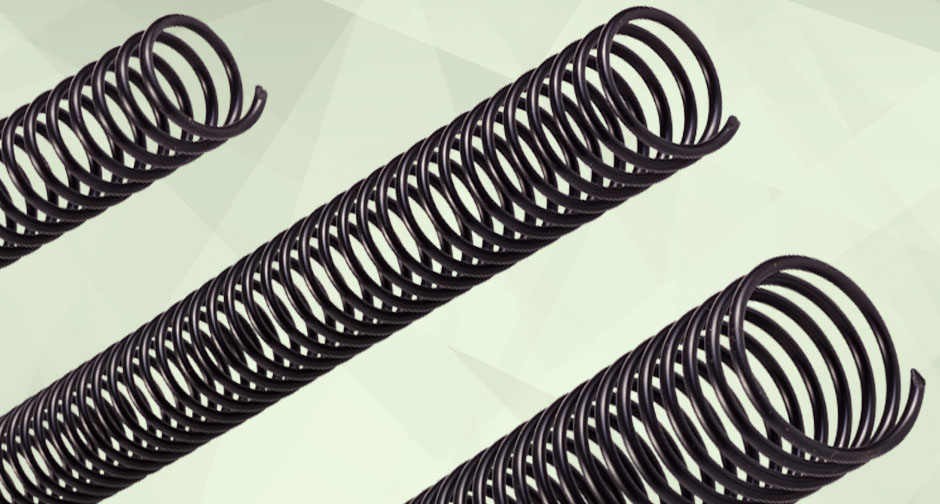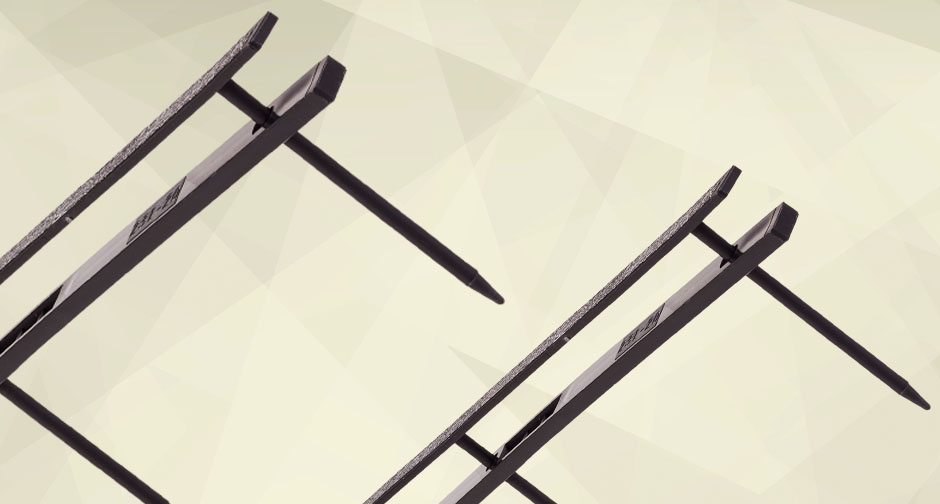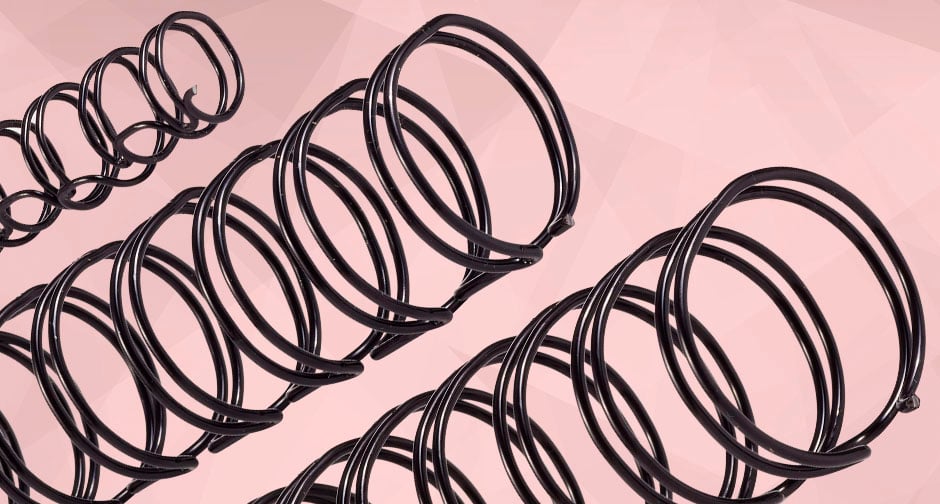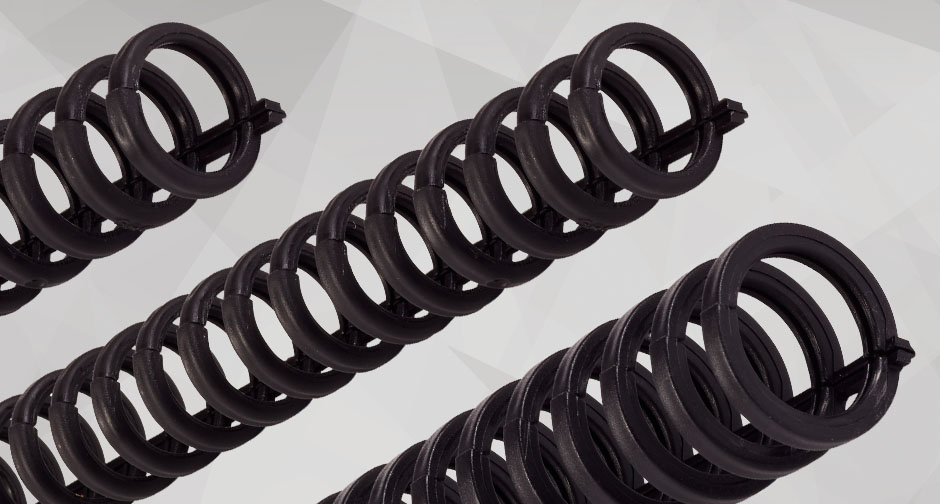Suggestions
- No Suggestions
Recommended Products
- No recommended searches
Site Pages
- No Related Site Pages
With the varieties of document binding available, knowing which style is right for your projects or business may not always be clear cut. Is wire binding right for you? What about comb binding vs coil binding? And what exactly is VeloBind binding? That’s why we’re here — to make it as easy and clear as possible.
Each binding style has specific benefits and their uses can vary, so your projects and how you plan to use them will help drive your decision. For example, do you want permanent binding or one that allows you to modify your document over time? Does your project have a lesser number of pages or more? Will it need to be easily photocopied? As you go through the styles below, keep details like that in mind.
There’s a good chance you’ve heard of comb binding (or one of its other names: plastic binding or spiral comb binding). It’s one the most popular, simplest and economical binding methods available. Documents are punched, then bound together using a plastic spine with tabs that roll into itself. Comb binds also allow you to update documents, adding or removing pages as needed. They’re ideal for schools and businesses that create booklets for classes, meetings and training sessions.
Comb Binding Benefits
Common Uses
A coil binding spine is a continuous loop that stretches the length of your document, allowing for 360-degree page turning. Durable and flexible, coil binding can handle documents that get a lot of use, like handbooks. They lay flat, too, so they’re optimal for notetaking and photocopying. Coils are available in a variety of colors, even clear, so you can complement the colors of any document you’re binding.
Coil Binding Benefits
Common Uses
Looking for a binding style that not only looks professional, but also adds security to your document? You want VeloBind, also known as “strip binding”. VeloBind strips are cut and welded to the element on the underside of your book, creating a tamper-proof seal. Because it prevents pages from being added or removed, VeloBind provides the highest security of all binding styles. The downside is documents bound this way are more difficult to photocopy. VeloBind also accommodates the largest capacity — up to 500 sheets. This combination of security and capacity makes VeloBind a great choice for law offices and accounting firms.
VeloBind/Strip Binding Benefits
Common Uses
With wire binding, you close a C-shaped binding spine around punched papers. Similar to the style of college notebooks, wire binds allow for full 360-degree movement. Documents can lie flat, making wire binding ideal for notetaking and photocopying. Sizes for wire binding are measured by pitch 3:1 (three holes punched per inch) and 2:1 (two holes per inch). While wire binding provides durability and fluid movement with general use, we don’t recommend mailing wire bound documents in envelopes, as the stiff wires can bend during shipping.
Wire Binding Benefits
Common Uses
ProClick binding is a unique style of binding patented by GBC that works much like comb binding. With ProClick, the bind simply clicks together to secure papers in place. Sleek, sturdy and efficient, ProClick provides lay-flat capability and lets you easily add, remove and rearrange pages. It’s perfect for busy corporate offices.
ProClick Binding Benefits
Common Uses
